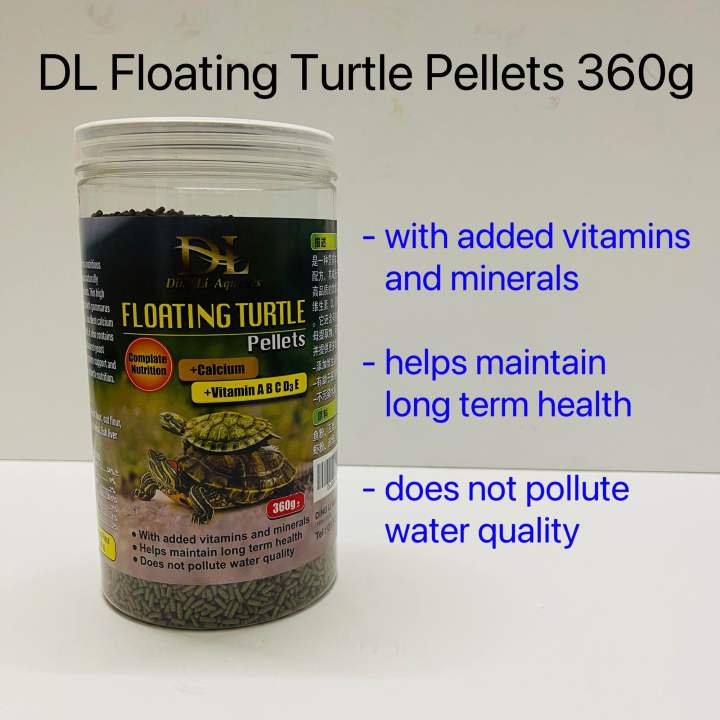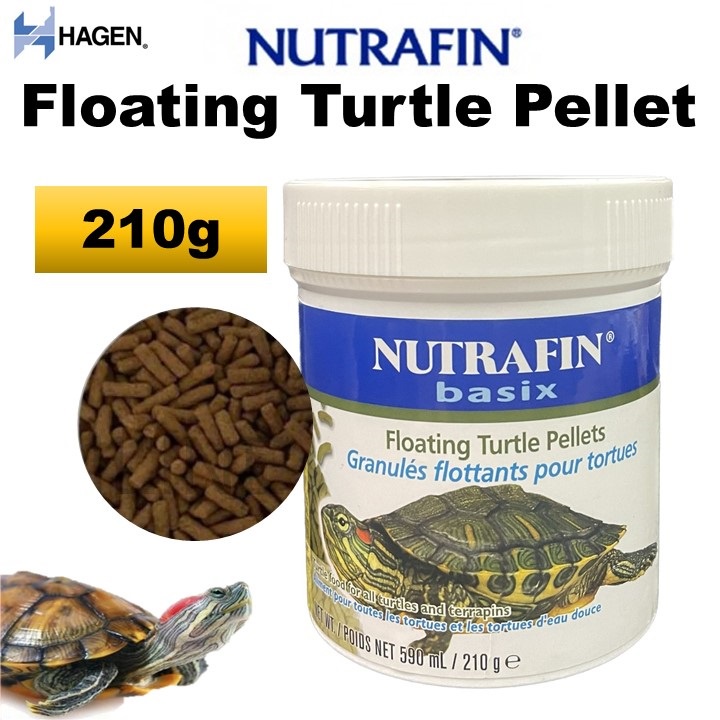The Rise of Grain-Free Turtle Pellets: A Healthier Diet for Your Aquatic Friend
For years, turtle owners have relied on traditional turtle pellets as a staple food source. However, as our understanding of reptile nutrition evolves, a new trend is emerging: grain-free turtle pellets. These specialized formulas are designed to mimic a turtle’s natural diet more closely, potentially leading to improved health and longevity. In this article, we’ll explore the benefits of grain-free turtle pellets, how to choose the right product, and how to transition your turtle to this healthier diet.
Understanding the Nutritional Needs of Turtles
Before diving into the specifics of grain-free diets, it’s crucial to understand the fundamental nutritional requirements of turtles. These needs vary depending on the species, age, and overall health of the animal. However, some general principles apply:
- Protein: Essential for growth, tissue repair, and overall body function.
- Fats: Provide energy and support the absorption of fat-soluble vitamins.
- Carbohydrates: While not as critical as protein and fats, they offer a source of energy. However, turtles don’t need an excess of carbohydrates.
- Vitamins: Vitamin A, D3, E, and various B vitamins are crucial for vision, bone health, immune function, and metabolic processes.
- Minerals: Calcium and phosphorus are vital for shell and bone development, while other minerals like iron and zinc play roles in various physiological processes.
- Fiber: Aids in digestion and helps maintain a healthy gut microbiome.
- Water: Turtles need a constant supply of fresh, clean water for drinking and maintaining hydration.
The Problem with Traditional Turtle Pellets
Traditional turtle pellets often contain a high proportion of grains, such as corn, wheat, and soy. These ingredients are inexpensive and provide carbohydrates, but they are not necessarily the most beneficial for turtles.
- Poor Digestibility: Turtles are not naturally adapted to digest large amounts of grains. This can lead to digestive issues, such as bloating, diarrhea, and malabsorption of nutrients.
- Nutritional Imbalance: A diet high in grains can disrupt the balance of essential nutrients, potentially leading to deficiencies in vitamins and minerals.
- Obesity: Excess carbohydrates can contribute to weight gain and obesity, which can strain the turtle’s organs and reduce its lifespan.
- Shell Problems: Imbalances in calcium and phosphorus, often exacerbated by a grain-heavy diet, can lead to shell deformities and softening.
The Benefits of Grain-Free Turtle Pellets
Grain-free turtle pellets aim to address the shortcomings of traditional formulas by eliminating or significantly reducing the amount of grains and replacing them with more appropriate ingredients. Here are the key advantages:
- Improved Digestion: Without the burden of digesting excessive grains, turtles can absorb nutrients more efficiently, leading to better overall health.
- More Natural Diet: Grain-free pellets often incorporate ingredients that more closely resemble a turtle’s natural diet, such as insects, crustaceans, and plant matter.
- Balanced Nutrition: These formulas are typically designed to provide a more balanced ratio of protein, fats, vitamins, and minerals, reducing the risk of deficiencies.
- Healthy Weight Management: By limiting carbohydrates, grain-free pellets can help prevent obesity and maintain a healthy body weight.
- Enhanced Shell Health: A balanced diet, rich in calcium and other essential minerals, supports strong and healthy shell development.
Key Ingredients to Look for in Grain-Free Turtle Pellets
When choosing grain-free turtle pellets, pay close attention to the ingredient list. Look for the following beneficial components:
- High-Quality Protein Sources: Fish meal, shrimp meal, krill meal, and insect meal are excellent sources of protein that are easily digestible for turtles.
- Healthy Fats: Fish oil, flaxseed oil, and algae meal provide essential fatty acids that support overall health and energy levels.
- Vegetable and Plant Matter: Algae, spirulina, spinach, kale, and other leafy greens offer vitamins, minerals, and fiber.
- Added Vitamins and Minerals: Ensure the pellets are fortified with essential vitamins and minerals to meet the turtle’s nutritional needs.
- Probiotics: These beneficial bacteria can promote gut health and improve digestion.
- Avoid Fillers: Be wary of ingredients like corn, wheat, soy, and artificial colors or preservatives.
How to Choose the Right Grain-Free Turtle Pellets
Selecting the best grain-free turtle pellets for your pet involves several considerations:
- Species-Specific Formulas: Some brands offer formulas tailored to specific turtle species, such as aquatic turtles, semi-aquatic turtles, or tortoises. These formulas are designed to meet the unique dietary needs of each group.
- Life Stage: Consider the age of your turtle. Young, growing turtles require a higher protein content than adults.
- Ingredients: Carefully examine the ingredient list, prioritizing products with high-quality protein sources, healthy fats, and a variety of vegetables.
- Reputable Brands: Choose products from reputable brands with a proven track record of producing high-quality reptile food.
- Reviews and Recommendations: Read online reviews and seek recommendations from other turtle owners or reptile experts.
Transitioning Your Turtle to Grain-Free Pellets
Switching your turtle to a new diet should be done gradually to avoid digestive upset. Here’s a recommended approach:
- Start Slowly: Begin by mixing a small amount of the grain-free pellets with the current food.
- Increase the Ratio: Gradually increase the proportion of grain-free pellets over a period of one to two weeks, while reducing the amount of the old food.
- Monitor Your Turtle: Observe your turtle for any signs of digestive issues, such as diarrhea or loss of appetite. If you notice any problems, slow down the transition or consult a veterinarian.
- Offer Variety: While grain-free pellets can form the basis of a healthy diet, it’s essential to provide variety. Supplement the pellets with fresh vegetables, fruits (in moderation), and occasional treats like insects or feeder fish.
Other Considerations for a Healthy Turtle Diet
- Appropriate Feeding Schedule: How often you feed your turtle depends on its age and species. Young turtles typically need to be fed daily, while adults can be fed every other day or a few times a week.
- Proper Tank Setup: Ensure your turtle has a suitable habitat with appropriate temperature, lighting, and water quality.
- Regular Veterinary Checkups: Schedule regular checkups with a reptile veterinarian to monitor your turtle’s health and address any potential issues early on.
Conclusion
Grain-free turtle pellets offer a promising approach to improving the health and well-being of pet turtles. By eliminating or reducing the amount of grains and focusing on more natural and digestible ingredients, these formulas can support better digestion, balanced nutrition, healthy weight management, and enhanced shell health. When choosing grain-free pellets, prioritize high-quality protein sources, healthy fats, and a variety of vegetables. Transition your turtle to the new diet gradually and always monitor its health closely. By providing a nutritious diet and a suitable environment, you can help your turtle thrive for many years to come.

